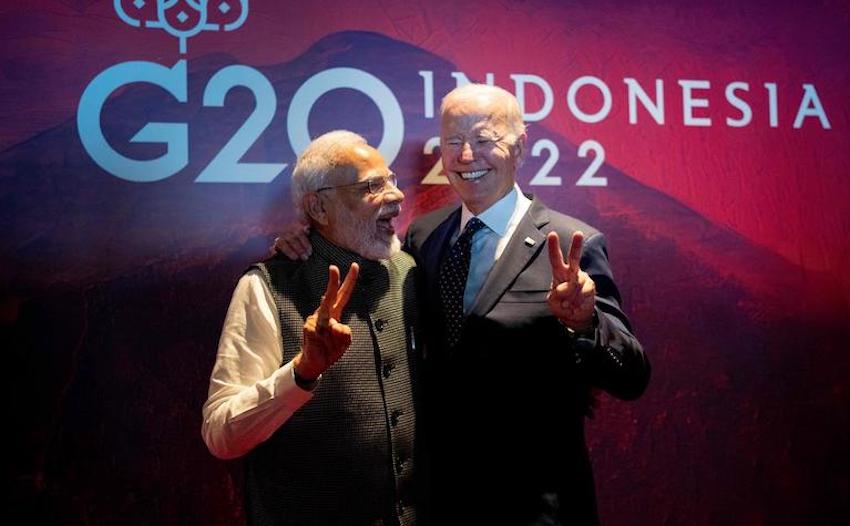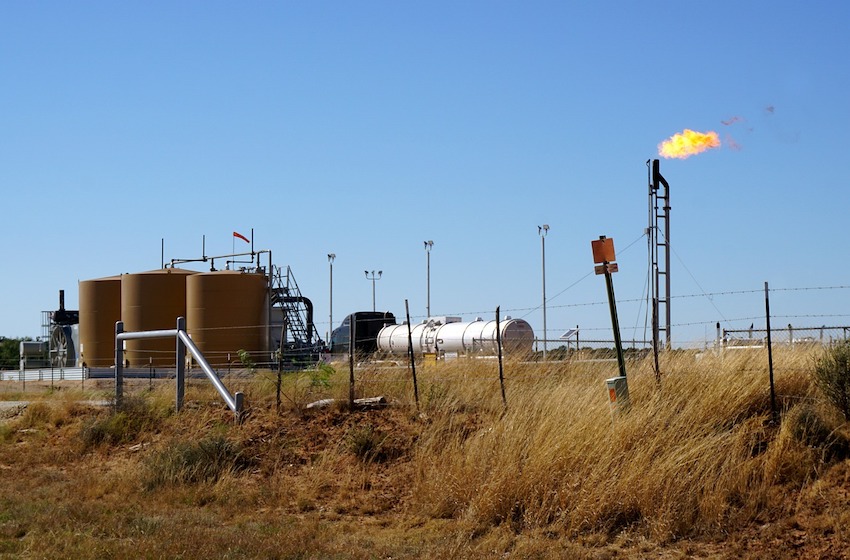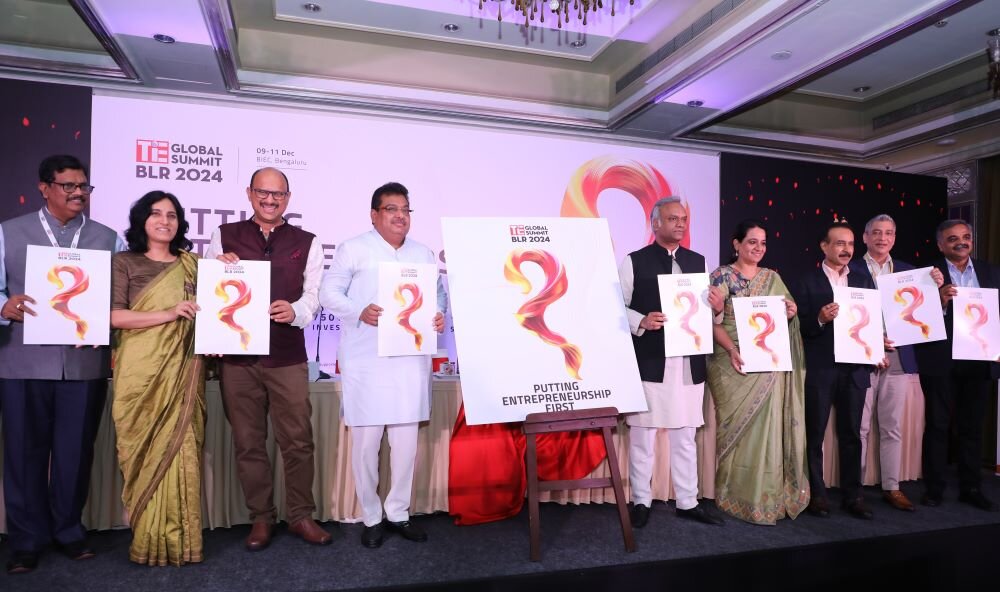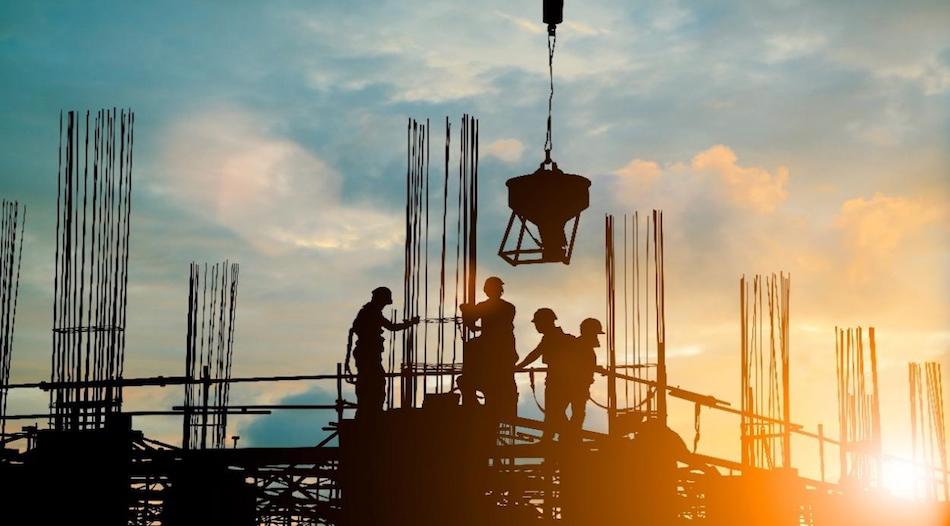
India-US State Visit Highlights Growing Geopolitical Importance and Defence Cooperation
In a significant diplomatic move, Indian Prime Minister Narendra Modi embarked on his first state visit to the United States, where he was accorded a warm welcome at the White House. The visit, marked by a grand 21-gun salute witnessed by approximately 7,000 Indian-Americans, signals the strengthening ties between the two nations. Prime Minister Modi’s itinerary includes a crucial meeting with President Joe Biden, where defence and technology deals take centre stage.
A noteworthy highlight of the visit is Prime Minister Modi’s address to a joint session of the US Congress for the second time, a privilege bestowed upon only a few foreign leaders. This recognition underscores India’s growing prominence on the world stage. Furthermore, President Biden and his wife will host a state dinner, followed by a luncheon hosted by Vice President Kamala Harris, cementing the hospitality extended to the Indian leader during his visit.

As the leader of the pro-Hindu Bharatiya Janata Party (BJP) and serving as prime minister for nearly a decade, Narendra Modi has played a significant role in elevating India’s global standing. India boasts a substantial and influential diaspora, including prominent figures heading global tech giants like Microsoft and Alphabet, the parent company of Google. With a population surpassing China’s and more than half consisting of young people, India has become the world’s most populous nation.
The increasing rivalry between India and China has heightened India’s geopolitical significance, leading to closer cooperation between New Delhi and Washington. Defence and technology collaborations feature prominently in the discussions between Prime Minister Modi and President Biden. However, pragmatic compromises are inherent in the calculations of both sides.
This is realpolitik realism on the world stage. India is threatened by China, and the US views China as the single biggest security threat in the 21st century. That is the common cause that brings them together.
Related Post :
- The impact of cross-cultural partnerships on business success
- Leveraging partnerships for talent acquisition and development
- The Importance of Communication in Partnerships and Alliances

However, it is important to acknowledge that India’s democracy faces challenges, and concerns have been raised regarding its human rights record, treatment of religious minorities, press freedom, and civil society. President Biden has prioritised democracy as a guiding principle in his foreign policy, creating a complex backdrop for the US-India relationship. Despite these concerns, India is still considered a democracy, and its openness and transparency make it a more favourable defence and economic partner compared to China.

“From a strategic, economic, and values perspective, part of what has made India attractive is that it is a democracy,” highlighted Tanvi Madan, director of The India Project at the Brookings Institution. “While recognising the limitations of what the US can do about India’s internal affairs, the state of India’s democracy is something that the US does think about.”
Both the US and India have their respective goals in mind, irrespective of discussions on democratic backsliding. Supply chain resilience and reducing dependence on China are key points of interest for the US. India, on the other hand, aims to boost its manufacturing capabilities and provide employment opportunities for its burgeoning youth population.

Regarding defence cooperation, there is a mutual interest in enhanced collaboration. India seeks advanced weaponry and a shift away from Russian defence systems towards partnerships with the US. Deals involving semiconductor supply diversification and joint production of fighter jet engines have been under negotiation, as indicated by the presence of US Defence Secretary Lloyd Austin and National Security Adviser Jake Sullivan in India ahead of the state visit.

Strengthening ties between the US and India could have far-reaching implications for global trade, as supply chains diversify away from China and connect South Asia to the US, potentially through the Middle East and Africa. However, intensified defence cooperation between New Delhi and Washington might also lead to heightened geopolitical tensions, as it may be perceived by an increasingly defensive and insecure China. China could view the closer alliance between India and the US as encirclement, with India asserting its influence on China’s western border and the US strengthening its partnerships in Korea and Japan on the southern end of the Pacific Ocean. Such a scenario may result in a more apprehensive China, which could potentially unsettle countries across the globe.
The evolving dynamics in the region call for careful navigation and diplomatic finesse. While India’s growing partnership with the US offers strategic, economic, and value-based advantages, it is crucial to maintain a delicate balance to avoid exacerbating tensions with China. The international community will closely observe how these shifting alliances and partnerships unfold and how they shape the future geopolitical landscape.
















